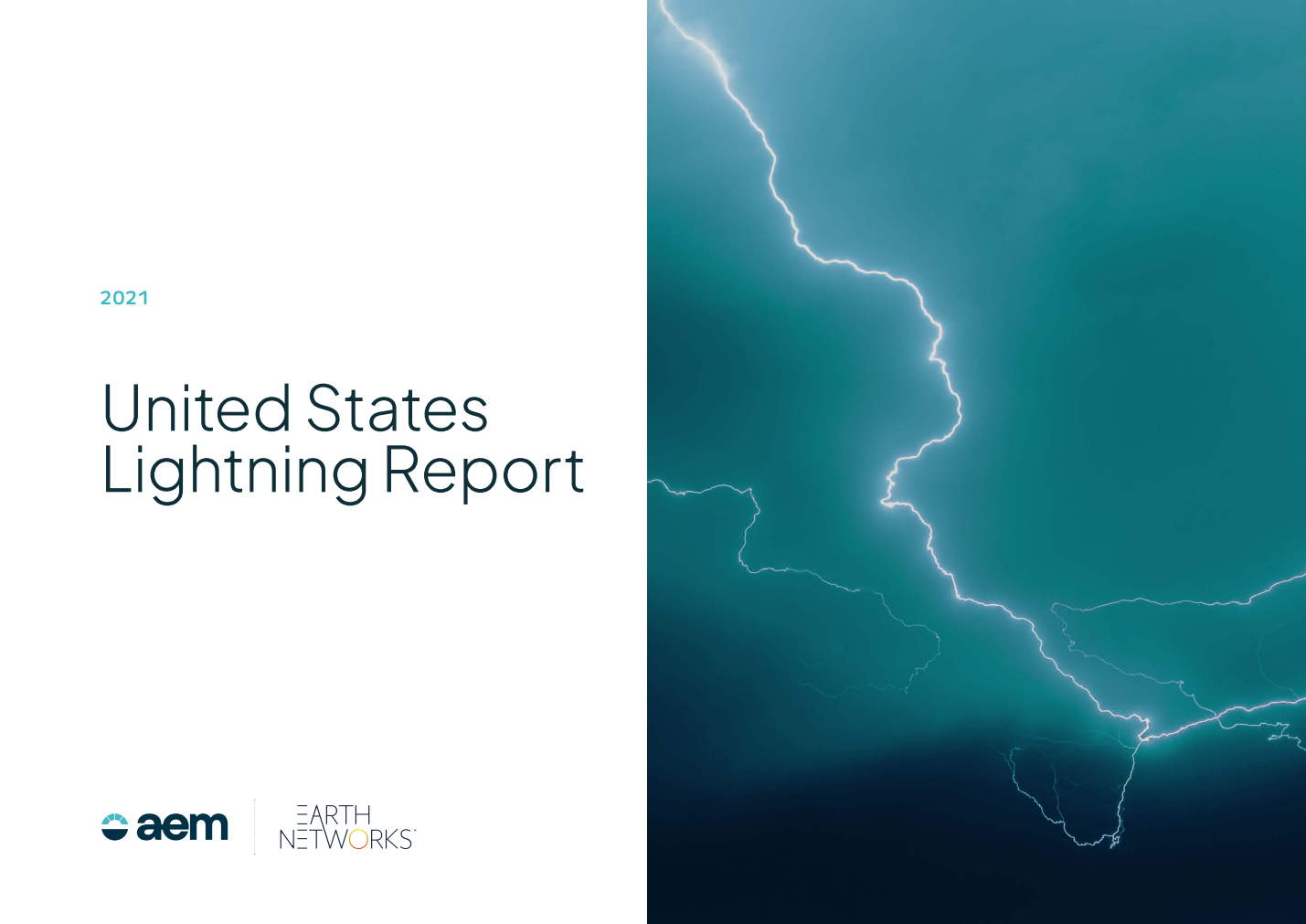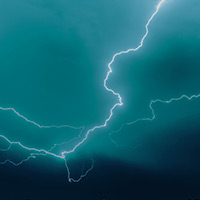Summer begins on June 21, but summer thunderstorms don't wait for the solstice. Thunderstorms form quickly and lightning - if not taken seriously - can be deadly. Lightning Safety Awareness week is an effort by the National Weather Service to help increase lightning safety.
The first awareness week of this kind occurred in 2001. Since then, the National Weather Service increased awareness of lightning - an underrated killer. According to the National Weather Service, lightning is one of the top three storm-related killers in the U.S. In fact, over 25 million cloud-to-ground lightning strikes hit the U.S. each year. Each of these strikes is a threat to both lives and infrastructure.
[bctt tweet="#Lightning is one of the top 3 storm-related killers in the #US - @NWS" username="EarthNetworks"]
Lightning Safety Awareness Week 2017 Topics
Day 1 - Sunday
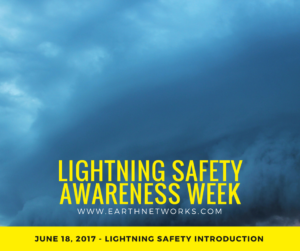
An introduction to lightning and lightning safety is the topic for the first day of Lightning Safety Awareness Week. There is no safe place outdoors when a thunderstorm is in the area. Lightning can strike from over 15 miles away. Chances are that if you can hear thunder you are already in immediate danger. A lot of lightning injuries and fatalities happen because people were too slow to react to an approaching storm or too quick to get back outdoors before the storm was a safe distance away.
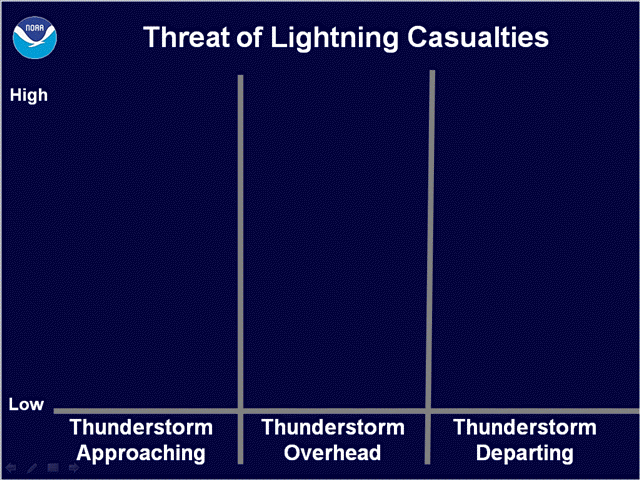
The graphic above shows the threat of lightning casualties as a storm approaches when it's overhead, and as it moves away. Note how the most dangerous times tend to be right before a storm hits and right as it moves away. You can see these two peaks in red.
Day 2 - Monday
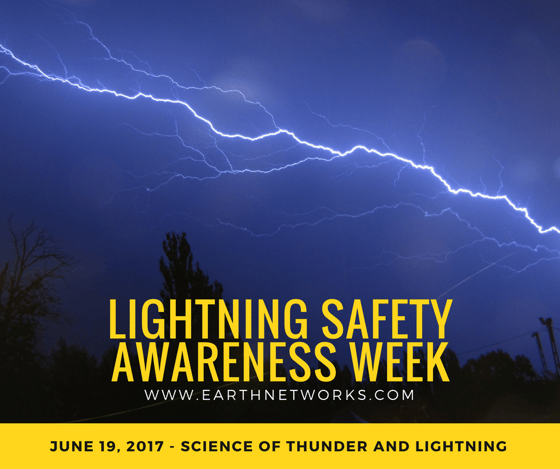
The second day, Monday focuses on the science of lightning and thunder. A big aspect of improving lightning safety comes with spreading knowledge of what lightning is and how it works.
How Thunderstorms Form
Thunderstorms begin to develop early in the day when the sun heats up the air near the ground. These pockets of warm air then rise and create cumulus clouds. As the air continues to heat up, the clouds grow tall into vertical cumulus and rain begins to develop. When the cloud becomes anvil shaped, a thunderstorm is practically inevitable.
How Lightning Forms
While these storms are forming, air acts as an insulator between the positive and negative charges in the cloud and between the cloud and thr ground. When the difference in charges becomes too great, this insulating capacity of the air breaks down. Then, there is a rapid discharge of electricity. This is lightning.
It's important to note that lightning is made up of two different types of discharges. Cloud-to-ground bolts happen between charges in the cloud and the ground. In-cloud bolts occur between opposite charges within the thunderstorm cloud. A combination of both cloud-to-ground and in-cloud discharges is known as total lightning. Earth Networks total lightning network (ENTLN) is one of first lightning detection network that prioritized measuring total lightning.
How Thunder Forms
The electrical discharge makes a loud noise that we know as thunder. When lightning strikes through the air it heats it up very quickly. This causes the air to expand rapidly and creates the sound of thunder. According to the National Weather Service, you can hear thunder about 10 miles from lightning strikes.
Day 3 - Tuesday

The third day's theme is lightning safety outdoors. During the summer months especially, outdoor workers, athletes, and people enjoying recreation activities are at increased risk of a lightning strike. This is because there is no safe place outdoors when a summer thunderstorm moves in quickly. The only safe thing you can do is to get inside a safe building or vehicle. This move requires planning ahead and an advanced lightning alert system that can notify you a storm is approaching before you are in immediate danger.
If for some reason you find yourself in a situation where you absolutely cannot get to safety, you can slightly lessen the threat of being struck with the following tips:
- Avoid open fields and hilltops
- Stay away from tall, isolated trees or trees in general
- If you are in a forest, stand near a lower group of trees
- Also stay away from other tall objects
- Stay away from water and wet items like ropes, fences, and poles as these are all excellent conductors of electricity
Day 4 - Wednesday
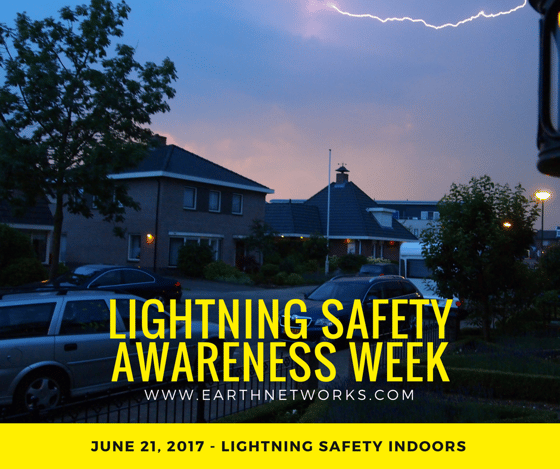
While indoors is the safest place you can be during a thunderstorm, you still need to keep safety top of mind. The next topic for lightning safety awareness week is lightning safety indoors.
What constitutes a safe shelter? According to the National Weather Service, a safe shelter is a shelter with electricity and/or plumbing or a metal-topped vehicle with the doors closed.
Once you're inside, you still need to be mindful of what you're doing. Since lightning can directly strike a structure, travel through wires or pipes, or enter through the ground, you are still at risk. In order to stay safe indoors, be sure to:
- Stay off corded phones
- Not touch electrical equipment like computers or TVs
- Avoid plumbing
- Stay away from windows and doors that might have small leaks around the sides
- Make sure you bring your pets in
Day 5 - Thursday
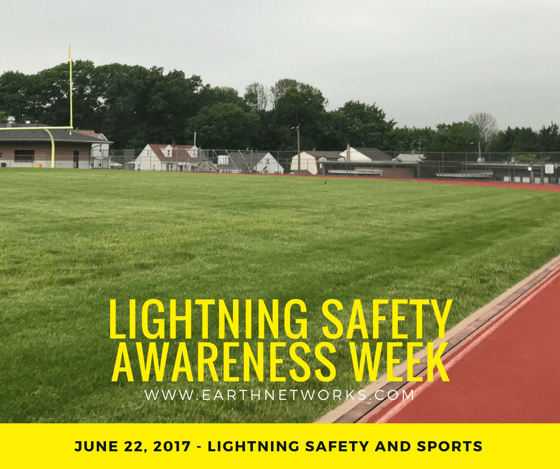
The next topic on Thursday is lightning safety and sports activities. This is a day that more specifically focuses on safety for athletes, spectators, and referees. This can be a tricky situation for schools and universities, recreational leagues, and even the professionals. The best way to prepare is to combine a severe weather tracker with a comprehensive lightning safety plan.
Your plan should answer the following questions:
- When should activities be stopped?
- Where should people go for safety?
- When should activities be resumed?
- Who should monitor the weather and make the decision to stop activities? Should it even be a person at all or an automated system?
- what should be done if someone is struck by lightning?
There are solutions on the market today that will answer all of these questions automatically based on real-time weather data. Ensuring that there is no decision-maker to be blamed.
Day 6 - Friday
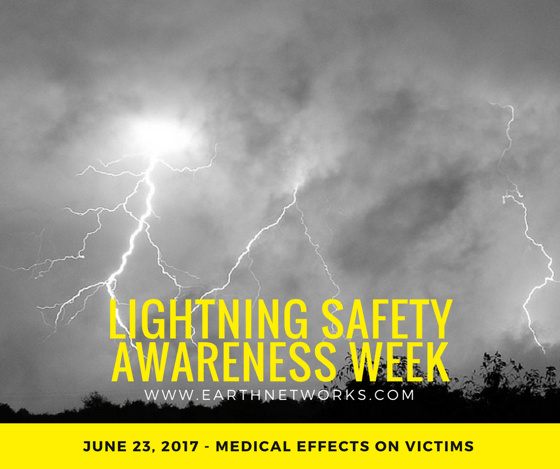
The penultimate topic is medical effects on lightning victims. A common misconception about lightning injuries is how to treat victims. In the unfortunate case that lightning strikes someone around you, remember it is completely safe to help them immediately. Their bodies are not carrying an electric charge! Have someone dial 911 as you perform CPR.
Lightning affects the nervous system and can result in brain and nerve damage. A few days after the strike, muscle soreness, headache, nausea, mild confusion, and dizziness are all common. Although rarer injuries, burns and cardiac arrest can occur.
Long Term Problems
- Problems learning new information
- Problems remembering things
- Slow reaction times
- Distractibility
- Irritability or personality change
- Forgetfulness
- Chronic headaches that over-the-counter medications do not help
- Chronic pain from nerve injury
- Difficulty sleeping
- Ringing in ears
Day 7 - Saturday
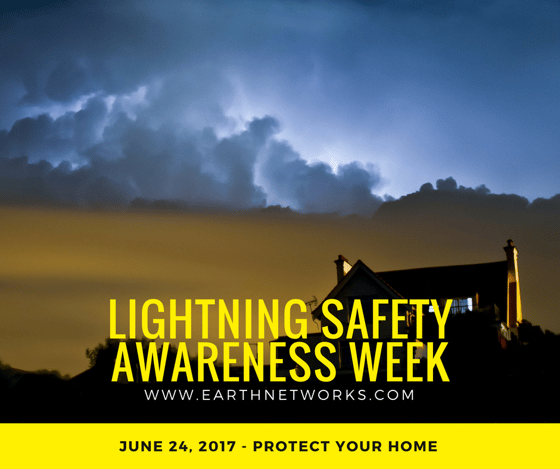
The last day of lightning safety awareness week focuses on protecting your home or business from lightning. While lightning poses a threat to humans and animals, it also can wreak havoc on structures. Lightning rods are the best way to protect your home or business from lightning damage. Lightning rods and their accompanying protecting system are designed to protect a building from a direct lightning strike and lightning-related fire.
As in any lightning safety system, lightning rods don't actually stop the lightning from striking. Instead, a lightning rod reroutes the lightning through a conductive path. Then the harmful electrical discharge follows the appropriate cable and disperses into the ground.
Lightning Learners - It Doesn't Stop Here!
While Lightning Safety Awareness Week is an educational and effective program in the U.S., the learning doesn't stop at the end of the week. Stay updated with lightning safety tips and stories all year round by subscribing to our blog.
Does this year's lightning awareness week miss any questions you might have about this fascinating yet dangerous weather phenomenon? Leave your questions in the bottom below and we'll have our expert meteorologists share their insights.
Stay safe out there!
[bctt tweet="I'm ready for #LightningSafetyAwarenessWeek ️ Are you? " username="EarthNetworks"]


